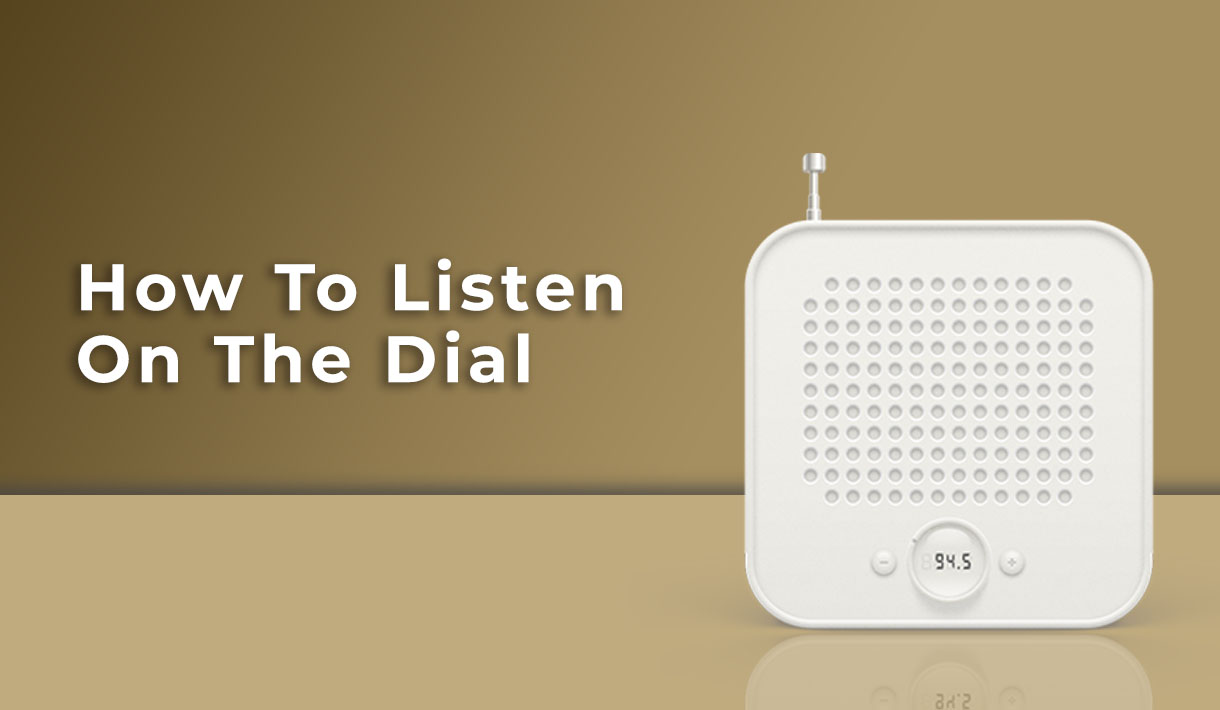
How To Listen On The Dial
AM920 CKNX is your information and entertainment leader in Midwestern Ontario. For over 90 years, CKNX Radio has been serving the residents of Huron, Perth, Wellington, Bruce and Grey.
In an area of the province not served by a daily newspaper, AM920 CKNX has played an important role in keeping dozens of communities linked. It was part of the vision of W.T. “Doc” Cruickshank when he built the first radio transmitter in his Wingham shop from an article in Popular Mechanics in February 1926.
Over the years, Midwestern Ontario residents have come to trust AM920 CKNX for the most in-depth coverage of news, sports, agriculture and weather. It is something we take very seriously and look forward to keeping for the next 90 years.
CKNX-AM is licensed by the Canadian Radio-television and Telecommunications Commission (CRTC) on 920 khz (AM) with a daytime power of 10,000 watts and night time power of 1000 watts. The transmitter site is located near Belgrave ON.
Here is a link to our official coverage map.
AM Radio Reception Tips:
Transmission
AM radio signals travel between the transmitter and receiver along the surface of the earth, gradually losing strength as they move away from the transmitting point. This is known as Ground Wave Propagation.
Obstructions to the signal, such as hills and tall buildings will cause the signal to lose strength more quickly, but generally this reduction is only a problem if the listener is outside the transmitter’s Primary Coverage Area (the area that the transmitter power allows it to cover satisfactorily).
AM signals travel long distances at night and can cause interference to other stations in neighbouring countries that are operating on the same frequency. This long distance interference is known as “Night Time Skywave Reception”. This is the reason that CKNX-AM must reduce its power to 1000 watts at night.
Reception
An important factor in the reception of AM signals is receiver design. Adequate reception will be obtained by using a radio that is best suited to the level of signal strength available. The typical low pocket transistor or clock radio is better suited to the listener living closer to the transmitter where strong signals are available. The more distant listener on the other hand requires a receiver that has the ability to pick up weak signals, i.e. has good sensitivity, and is fitted with terminals which allow the connection to an outside aerial.
Problems
Some AM reception problems experienced by listeners are:
Atmospheric and receiver noise masking the programme.
Interference from other stations at night time.
Fading of the signal at night time.
Interference from electrical devices, e.g. transformers and power lines, TVs and personal computers.
Solutions
Most AM reception problems can be cured or alleviated by use of an antenna of one type or another.
Nearly all AM domestic receivers manufactured in recent years have a LOOP type receiving antenna (see above) built into the set. A characteristic of this type of antenna is that it is directional.
Because of the directional property of the AM receiver’s loop antenna, the listener needs to rotate the receiver for best reception, particularly when the signal is weak.
Noisy reception caused by electrical devices such as TVs and PCs can be alleviated by turning the receiver for minimum interference.

